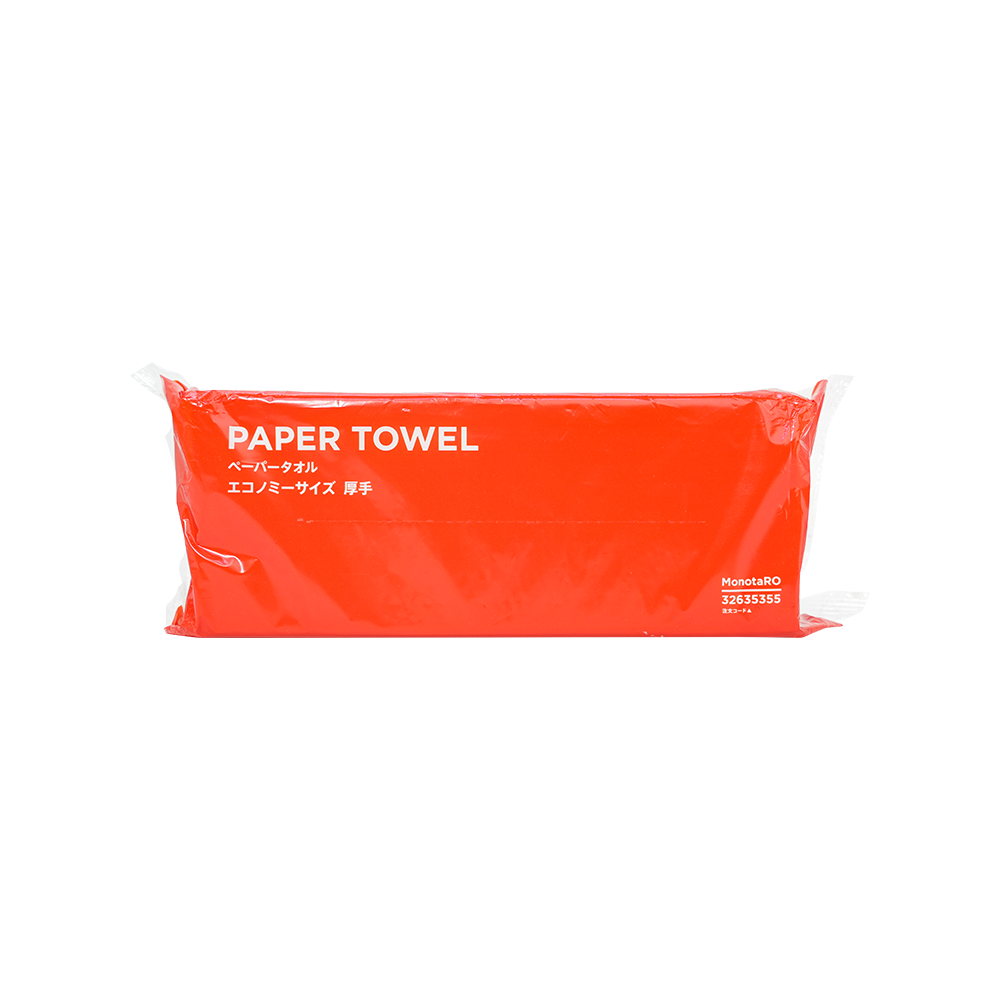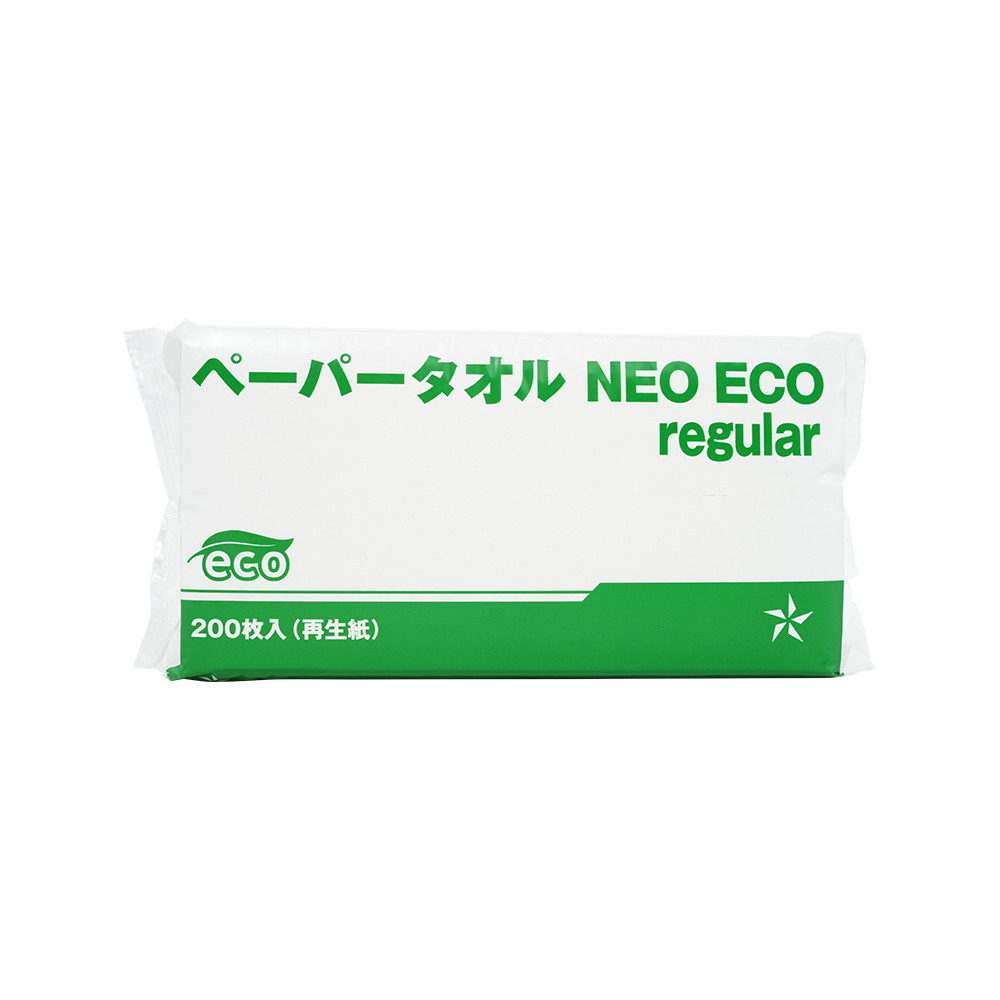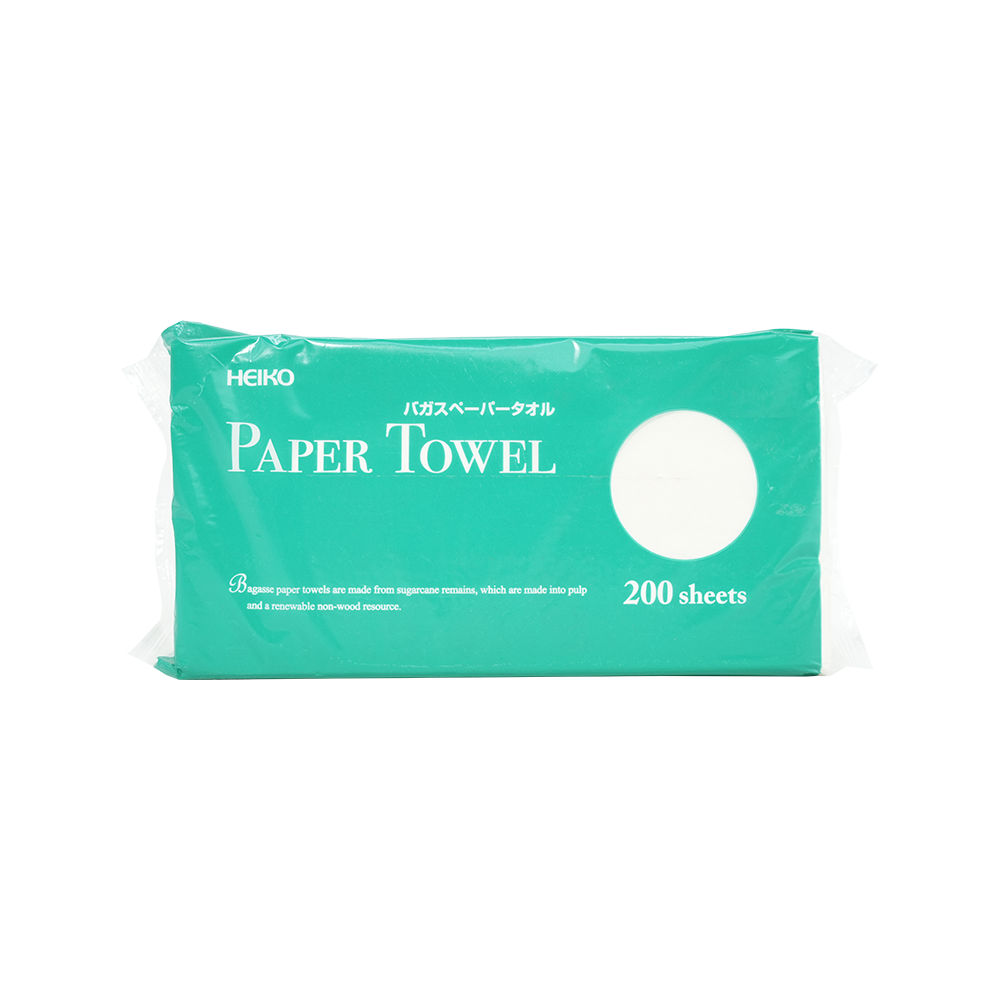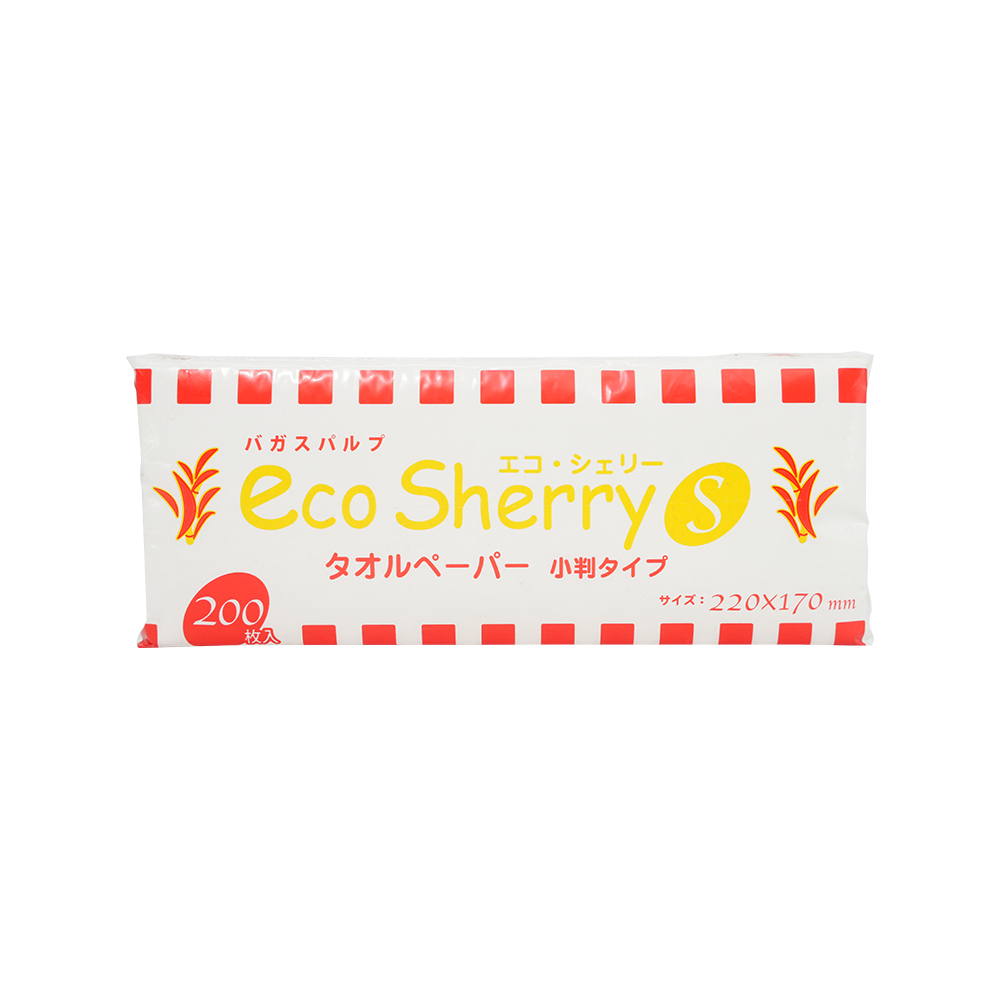Will Bamboo Fiber Tissues Become Liny or Leave Fuzz on the Skin After Use?
 2025.10.03
2025.10.03
 Industry News
Industry News
When considering a switch to sustainable products like bamboo fiber tissues, it’s natural to have practical concerns. We’re familiar with the reliability of traditional cotton and wood pulp tissues, but how does bamboo measure up? A common question, and a legitimate one, is whether these tissues will disintegrate during use, leaving behind an annoying trail of lint or a fuzzy residue on your skin.
The Core of the Issue: Understanding Bamboo Fiber
To understand why bamboo behaves the way it does, we need to look at its fundamental structure. Bamboo is a type of grass, and its fibers are naturally long, smooth, and round. This is a critical differentiator.
Longer, Smoother Fibers: Compared to the shorter, rougher fibers found in many recycled paper products or even some standard wood pulp tissues, long fibers can be woven and bonded together more tightly. Think of it like hair; long hair can be braided into a strong, cohesive cord, while short, choppy hairs are more likely to fray and fall out. This tight bonding is the first line of defense against lint and fuzz.
Natural Softness Without Pilling: The smoothness of the fibers means they don’t have the same tendency to break and ball up (a process called pilling) as some other materials. This inherent smoothness contributes to a clean feel during and after use.
The Manufacturing Make-or-Break: How Processing Determines Performance
The raw potential of bamboo fiber is unlocked—or ruined—in the manufacturing process. Not all bamboo tissues are created equal, and the production method is the primary reason why.
The Mechanical Process (Lyocell-type): This is the gold standard for bamboo-based textiles and high-end tissues. In this closed-loop system, bamboo is broken down using non-toxic solvents that are continuously recycled. This process preserves the natural length and strength of the bamboo fibers, resulting in an exceptionally strong, silky-smooth, and durable material. Tissues made from this type of bamboo viscose are highly resistant to linting and pilling.
The Chemical Process (Viscose): A more common method involves a chemical process similar to that used for traditional rayon. While this can still produce a soft tissue, it may sometimes break down the fibers more than the mechanical process. The quality control of the manufacturer becomes paramount here. A reputable brand using this method will still produce a low-lint product, but a cheaper, lower-quality version might be more prone to shedding.
Binding Agents and Ply: Most bamboo tissues are 2-ply or 3-ply. The layers are bonded together using heat, pressure, and sometimes gentle, non-toxic adhesives. A well-bonded ply structure ensures the sheets hold together during use, preventing them from delaminating and creating fuzz.
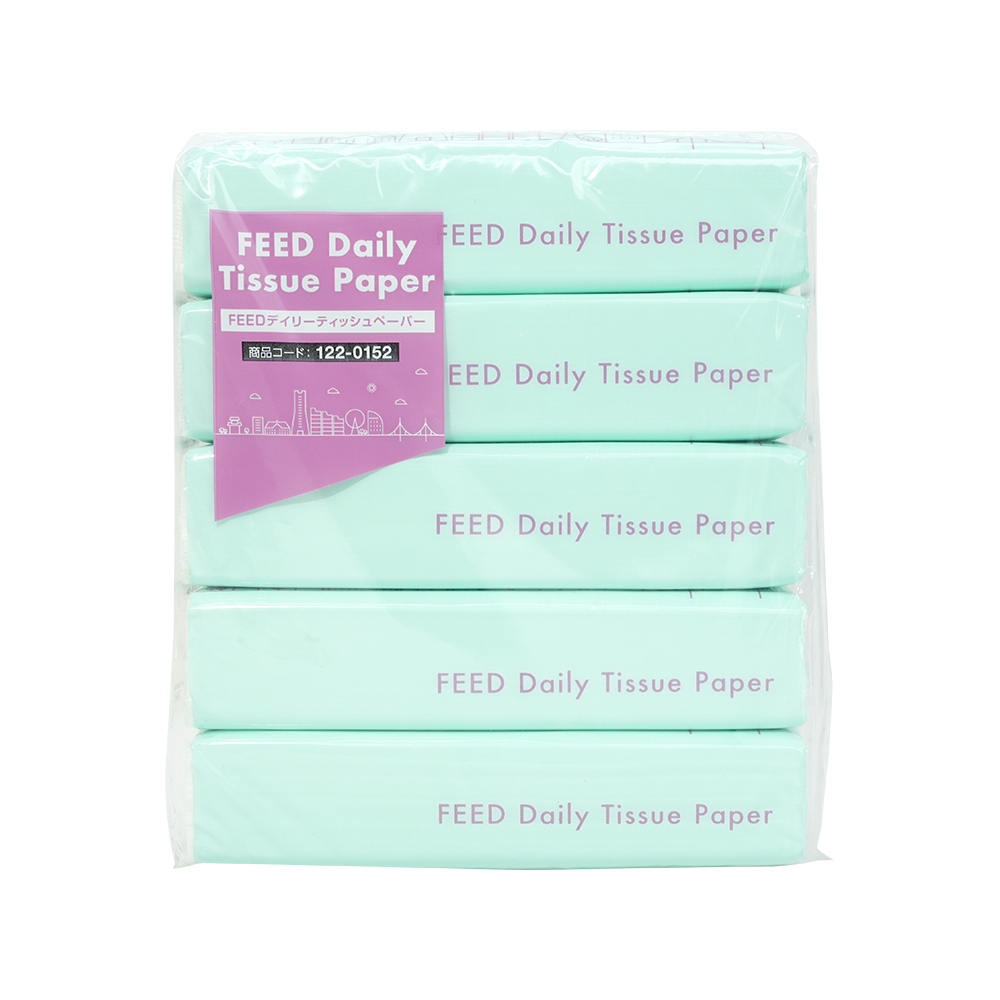
Bamboo vs. Cotton: A Head-to-Head on Lint
Many people’s frame of reference for lint comes from cotton products, particularly cotton balls or some lower-quality cotton rounds.
Cotton: Cotton fibers are shorter and have a more natural twist and roughness. While high-quality, tightly woven cotton fabrics (like a good bath towel) are durable, the loose structure of cotton balls and some disposable cotton pads makes them inherently prone to shedding fibers onto the skin.
Bamboo: The long, smooth, and tightly integrated fibers of high-quality bamboo tissue give it a distinct advantage. It is designed to be a robust sheet, not a loose collection of fibers. When used for tasks like removing makeup or applying toner, a good bamboo tissue should leave your skin clean, not dotted with tiny white specks.
Practical Factors That Influence Linting
Even with a great product, user error or specific scenarios can affect performance.
Friction and Pressure: Vigorously rubbing any tissue against your skin, especially if it’s dry, increases the chance of microscopic fibers breaking loose. The recommended practice is to pat or gently wipe, which is also better for your skin’s health.
Moisture: Using the tissue damp (for example, with a cleanser or toner) significantly reduces any potential for lint. The water helps the fibers cling together and lubricates the surface, minimizing friction and fiber release.
Product Quality: This cannot be overstated. A bargain-bin bamboo tissue from an unknown brand is more likely to have shorter fibers, weaker bonding, and less rigorous quality control, leading to a higher likelihood of lint. Investing in a reputable brand is key to a positive, fuzz-free experience.
Conclusion: Making an Informed Choice
So, will your bamboo tissues become linty? The evidence suggests that if you choose a high-quality bamboo tissue from a reputable manufacturer, you can confidently expect a low-lint, non-fuzzy experience. Its performance is a direct result of its long, smooth fibers and advanced manufacturing processes that prioritize integrity and strength.
When shopping, look for keywords like “lyocell,” “closed-loop process,” or “highly absorbent” as indicators of a superior product. Read reviews that specifically mention linting. While no single-use product is entirely immune to microscopic shedding, a good bamboo tissue should leave your skin feeling clean and residue-free, not covered in fuzz. By making an informed choice, you can enjoy the environmental and softness benefits of bamboo without the annoyance of lint.


 English
English 日本語
日本語 한국어
한국어
